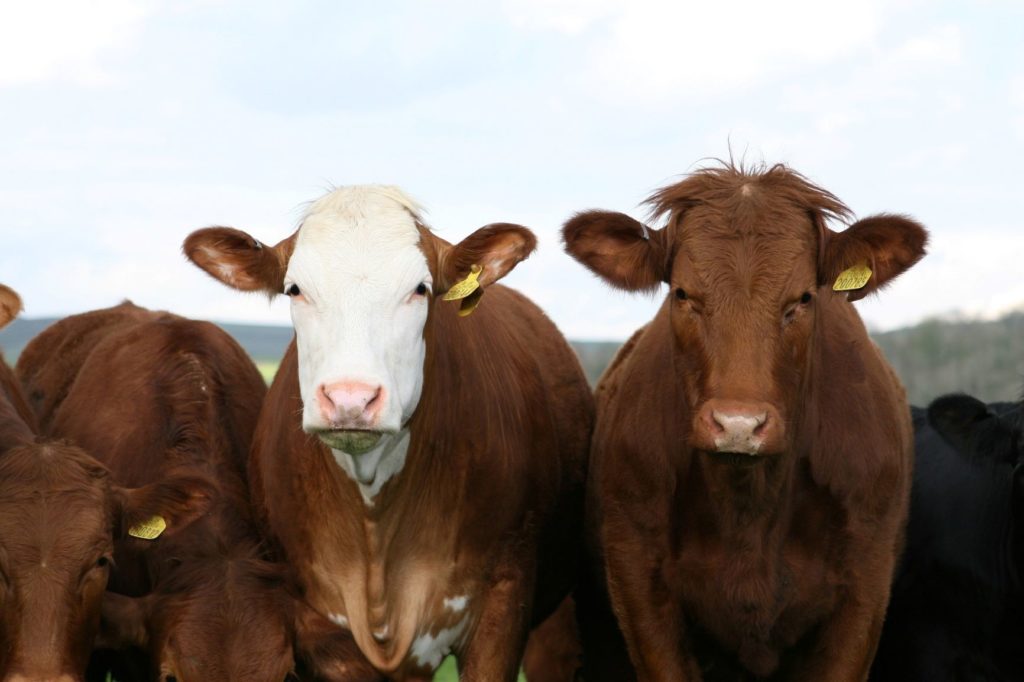In 2017he National Agricultural Statistics Service listed Utah’s beef cattle were valued at $1.23 billion in 2016 and the industry as a whole generated an annual economic value of more than $1.7 billion between the production, sales, home consumption and income that they created.
BOX ELDER COUNTY – The Utah State Veterinarian’s office has identified several cases of trichomoniasis (Trich) positive bulls from a beef cattle herd in Box Elder County.

The infected herd had grazed the summer of 2021 at a grazing association in southern Idaho with several other herds, including at least six herds from Utah.
There are 10 potentially-exposed cattle herds that are awaiting test results; five herds belonging to the aforementioned grazing association and five herds that neighbor the affected properties.
“It is concerning to have this large of an outbreak of Trich in Utah cattle herds,” said Dr. Dean Taylor, Utah State Veterinarian. “Our office is working closely with local veterinarians to conduct testing and are taking measures to stop the spread of this disease.”
If anyone leased a bull from the Box Elder County area and are concerned if this could affect your cattle herd, please contact the Utah State Veterinarian’s office by emailing statevet@utah.gov.
There is no treatment for Trich and this disease can be economically devastating to cattle herds because of:
- Culling of positive bulls and purchase of replacement bulls
- Increased abortion rate leading to a reduced calf crop
- Prolonged calving season and lower calf weights at sale
- Culling of open cows
- Loss of genetics Utah requires yearly testing of all bulls for Trich, with the exception of dairy cattle who are kept in confinement and bison bulls.
Animals from one positive herd moved into the grazing association in 2021 without proper paperwork.
“This is a big deal and it should be taken very seriously,” said Leann Hunting, the director of animal industry for the state of Utah. “All the ranchers that could have been affected were sent letters informing them of the outbreak. Idaho is following the same protocol.”
Hunting and her husband operate a cattle ranch in Weber County and knows the impact of such a disease. A large outbreak could be devastating to not only the ranchers and cattle industry but to Utah’s economy as well.
“The cattle industry is the largest agricultural commodity in the state,” Hunting said. “RFDTV has broadcast a segment on the outbreak in Utah making it national news.”
Trich is a venereal disease of cattle caused by a protozoa (microscopic parasite). It is spread between cattle during breeding. Cows generally abort the fetus from this breeding and then clear the infection, but bulls remain infected for life.
The Utah State Veterinarian’s office is doing everything possible to keep the disease from spreading and is asking ranchers to keep them in the loop when it comes to Trich.
In 2017, the National Agricultural Statistics Service (NASS) listed Utah’s beef cattle valued at $1.23 billion in 2016 and the industry as a whole generated an annual economic value of more than $1.7 billion between the production, sales, home consumption and income that they created.

